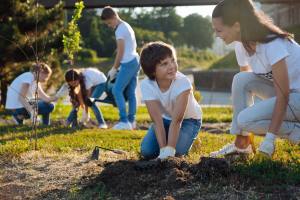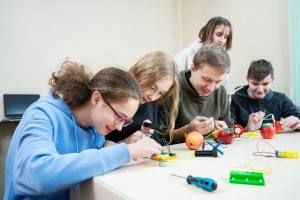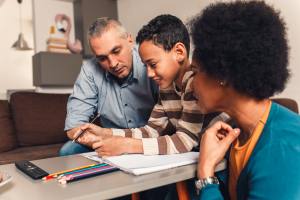Blog Series: Mastering Classroom Behaviour / Behavioural Management
Restorative Practices in the Classroom: Repairing Relationships After Behavioural Incidents
In every classroom, conflicts and behavioural incidents are inevitable. Traditionally, punitive approaches such as detention or exclusion have been used to address these situations. However, restorative practices offer an alternative that focuses on repairing harm, rebuilding relationships, and maintaining a positive classroom environment. By encouraging students to take responsibility for their actions and engage in dialogue, restorative justice can lead to lasting behaviour change and a more respectful school culture.
This blog introduces restorative approaches for resolving conflicts and provides guidance on how teachers and support staff can implement these practices to repair relationships after behavioural incidents.
The growing awareness of mental health in education has led to the rise of mindfulness practices in classrooms. Mindfulness—teaching students to be present, self-aware, and emotionally regulated—can have a transformative impact on both their academic performance and well-being. With young people facing increasing levels of stress and anxiety, introducing mindfulness can help them develop essential coping skills, boost their emotional resilience, and improve focus.
This blog explores practical ways for teachers and support staff in both primary and secondary schools to bring mindfulness into their classrooms, supporting students' mental health.
Gamification has become a buzzword in education, and for good reason. By turning learning into a game-like experience, teachers can capture students' attention, boost engagement, and create a more dynamic classroom environment. Gamification involves applying game elements—such as rewards, challenges, and competition—to academic tasks, making learning more fun and interactive. Whether teaching primary or secondary school students, incorporating gamification can enhance learning outcomes and make lessons more memorable.
This blog explores how gamification can be effectively integrated into the classroom and the benefits it brings to both students and teachers.
Collaborative learning is a powerful teaching approach that encourages students to work together, share ideas, and support each other in the learning process. By fostering peer-to-peer interaction and teamwork, teachers can create a more inclusive and dynamic classroom environment where students learn from each other, develop social skills, and improve their academic outcomes. Collaborative learning is effective across all age groups and subjects, helping students engage more deeply with the material while also building confidence and communication skills.
This blog will explore practical strategies for introducing collaborative learning in both primary and secondary schools, offering tips for teachers and support staff on how to maximise its benefits.











